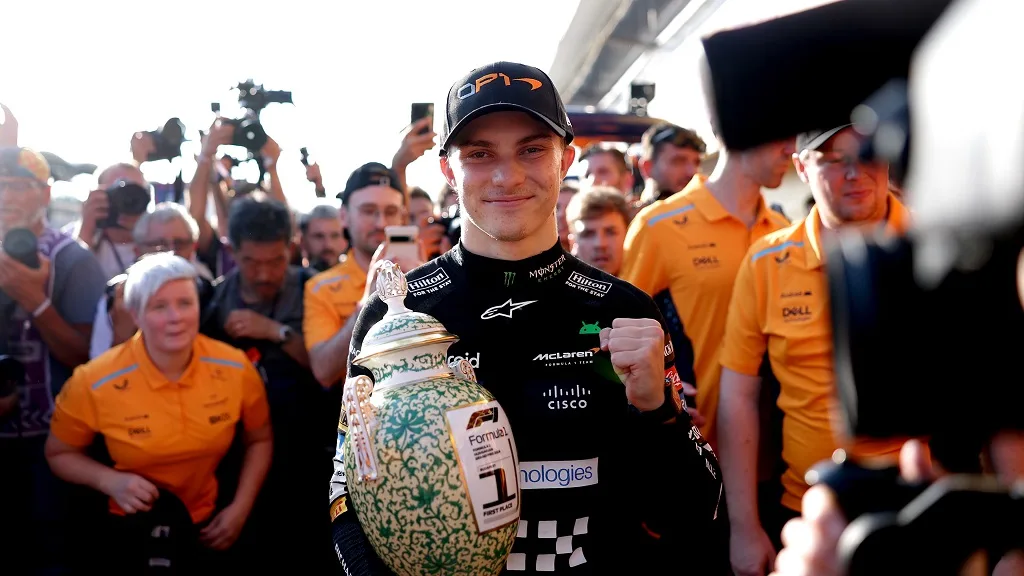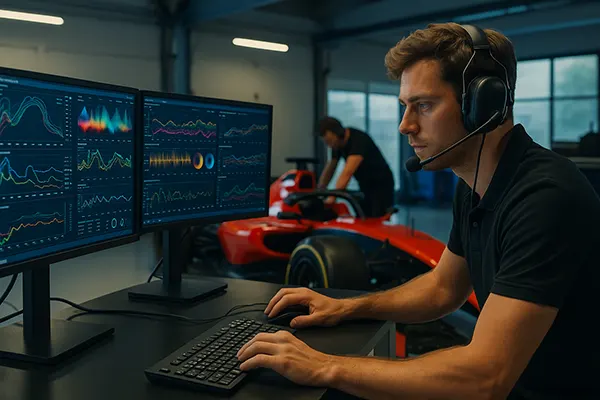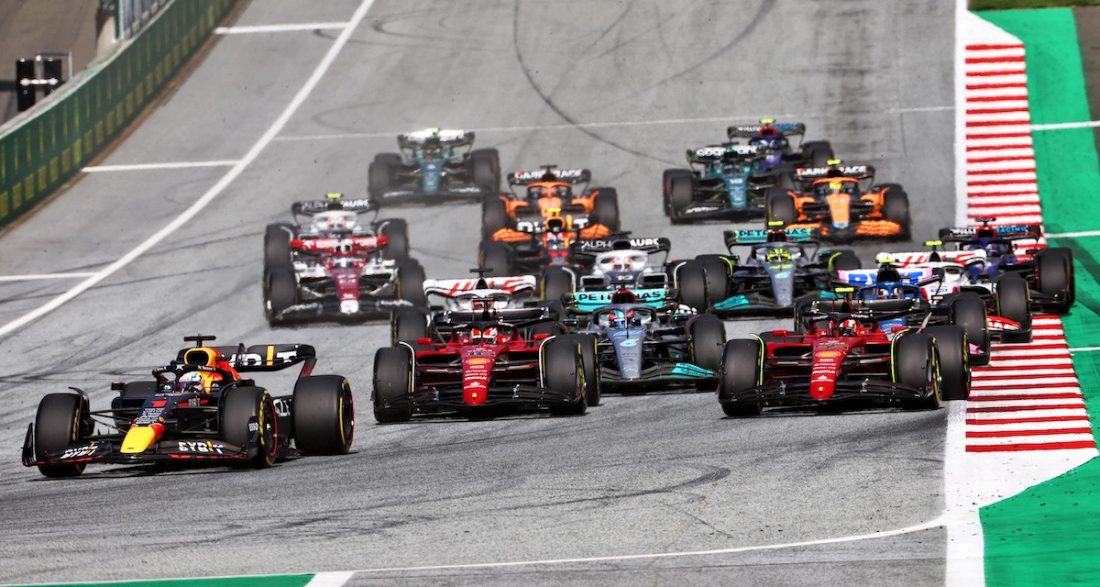
There’s No Guidebook – Piastri on the Surprises of F1 Life
Formula 1 is often described as the pinnacle of motorsport, but what really happens behind the scenes remains a mystery to many. Oscar Piastri, a rising star in F1, recently shed light on the unexpected challenges he faced upon entering this elite world. In this article, we delve into Piastri’s revelations and explore the realities of life as a rookie in F1.
The Unwritten Rules of F1
Oscar Piastri, despite his impressive track record in junior categories, found that life in Formula 1 is anything but straightforward. There is no handbook or guide to prepare you for the unique pressures and demands of the sport. Piastri highlighted the steep learning curve that comes with understanding team dynamics, dealing with media scrutiny, and adjusting to the relentless pace of the F1 calendar.
The young driver emphasized that every rookie has to navigate these challenges in their own way, relying heavily on their instincts and the support of their team. The absence of a clear-cut guidebook makes the transition into F1 a test of adaptability and resilience, something Piastri is learning firsthand.
Adapting to the F1 Lifestyle
Beyond the technical aspects of driving, Piastri was struck by the lifestyle changes that come with being an F1 driver. The constant travel, the demands on time for media and sponsor engagements, and the need to maintain peak physical and mental condition year-round were aspects he found challenging. The life of an F1 driver is far removed from the traditional 9-to-5, with each day bringing new challenges and expectations.
Piastri’s comments underline the importance of mental toughness in F1. Drivers are required to be at their best at all times, both on and off the track, as they represent not just themselves, but their teams, sponsors, and fans. The pressure to perform is relentless, and the stakes are incredibly high.
The Importance of Team Dynamics
One of the most surprising aspects of F1 life for Piastri was the complexity of team dynamics. Unlike in junior categories, where the focus is solely on the driver’s performance, F1 requires a deep understanding of how to work effectively within a large, diverse team. From engineers to strategists, every member plays a crucial role in the success of the car on race day.
Piastri noted that learning to communicate effectively with such a wide range of people, and understanding the intricate details of how an F1 team operates, were among the most challenging aspects of his transition. Building these relationships and fostering trust is essential, and it’s something that can only be developed with time and experience.

The Media Scrutiny
Another unexpected challenge Piastri faced was the intense media scrutiny that comes with being an F1 driver. In a sport where every move is analyzed and dissected by the press and fans alike, maintaining focus and composure is vital. Piastri shared that dealing with the constant attention, both positive and negative, is something that takes time to adjust to.
He also pointed out that the media’s portrayal of events can sometimes be overwhelming, adding another layer of complexity to a driver’s already demanding life. Learning to manage this aspect of his career has been crucial in maintaining his mental health and staying focused on his performance on the track.
The Future for Piastri
Despite these challenges, Piastri remains optimistic about his future in Formula 1. He understands that the learning curve is steep, but he is determined to make his mark in the sport. Piastri’s approach to these unexpected aspects of F1 life is a testament to his resilience and adaptability – qualities that will undoubtedly serve him well as he continues to develop as a driver.
As he navigates the complexities of Formula 1, Piastri’s journey serves as a reminder that, while there may be no guidebook to success in F1, the lessons learned along the way are invaluable.




